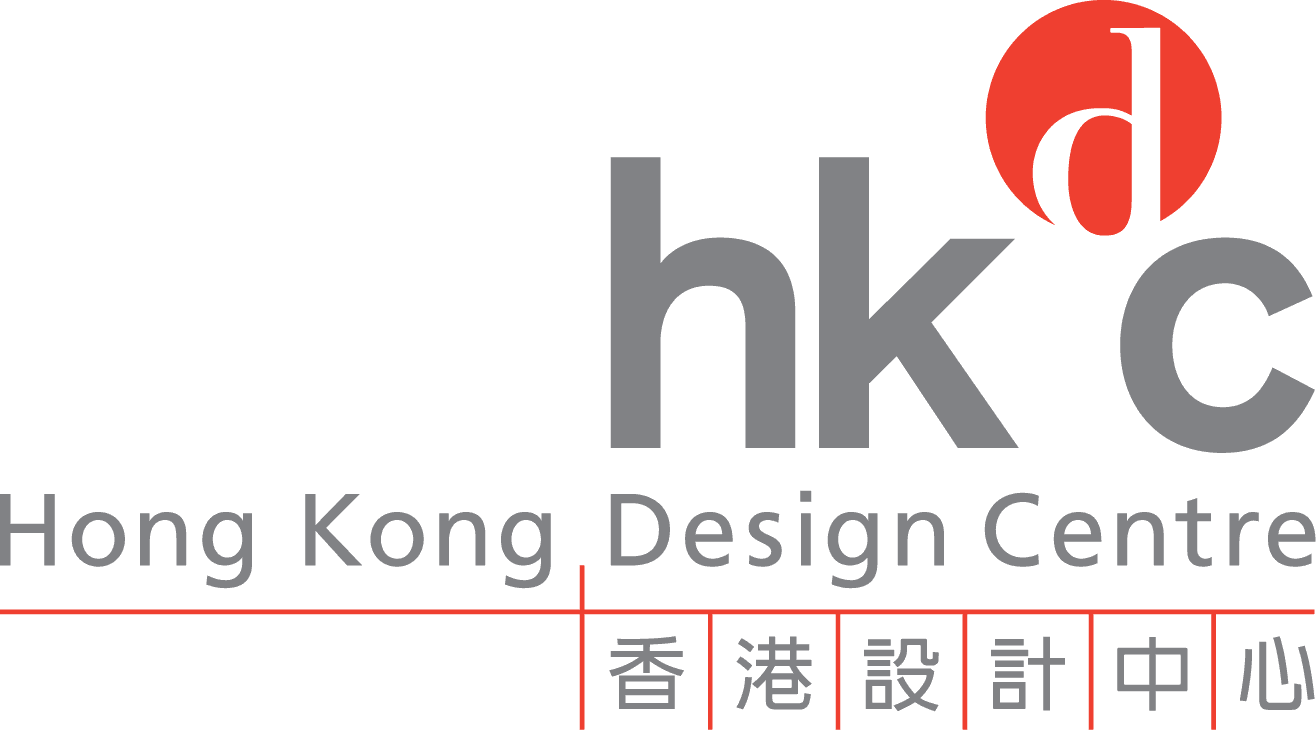








Takenaka Corporation Shizuoka Regional Branch / Japan
Further images
-
(View a larger image of thumbnail 1
)

-
(View a larger image of thumbnail 2
)

-
(View a larger image of thumbnail 3
)

-
(View a larger image of thumbnail 4
)

-
(View a larger image of thumbnail 5
)

-
(View a larger image of thumbnail 6
)

-
(View a larger image of thumbnail 7
)

-
(View a larger image of thumbnail 8
)

-
(View a larger image of thumbnail 9
)


Ahead of the Curve
Built in the city of Shizuoka, one of most earthquake-prone regions in Japan, the new kind of engineering of this regional branch of the Takenaka Corporation improves seismic resistance, building efficiency, and environmental sustainability. Incorporating curved structural elements isolates seismic vibrations, strengthens resilience, and allows for an open floor plan. As flexible and multifunctional use of the space in the new building replaces the traditional layout of the old one, overall floor space is reduced to 360 sq.m. from 750 sq.m. in the old building, partly due to the building’s column-free design. This more compact office, along with other sustainability improvements, contributes to lower operating and maintenance costs as well as a smaller carbon footprint.
Semi-Cylindrical Concrete Slabs
Three semi-cylindrical concrete slabs form the roof and floors of the three-storey building whose cross section shows a curved ceiling for each floor, and the space between the concrete slab and the floor frame houses the heating, ventilating and air conditioning (HVAC) system as well as mechanical, electrical, and plumbing (MEP) systems. On both sides, full-height windows offer expansive street views, and open up the indoor space, increasing natural light.
Digitalised Integration
Although computer-aided architectural design has become commonplace, the integration of space, framing structure, and environmental systems was achieved through extensive digitalisation in order to optimise building performance. Digital design, backed by evidence-based analyses of the parameters in relation to the semi-cylindrical concrete slabs, as well as those of the rebar and concrete used in the structure, helps maximise the building’s service life, occupants’ comfort, and emergency preparedness. Considerations for MEP and HVAC systems were integrated into the design early on to ensure that conflicts and inefficiencies are minimised or eliminated altogether. Even the main staircase of pentagonal steps and rectangular landings was designed using 3D models so as to present a consistent, sophisticated, and technically advanced image to match that of the Takenaka Corporation. To express the technology-oriented identity of the Takenaka Corporation, a 3D printed monument sign was installed at street level. This innovative example of Japanese architecture has received universal praise, as it combines digital technology and geometric forms to promote usability, safety, and sustainability.

